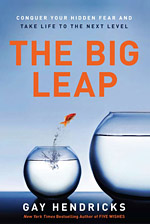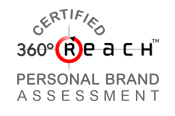 The phone rang and the question was, “Why do they hate me?”
The phone rang and the question was, “Why do they hate me?”
The person asking is a member of team I’ve worked with for some time. This team leader set an intention to impact the team’s service at all levels before his retirement. As a person, and a leader, he is legendary for his service focus.
The caller is always professional, liked by all new customers and those who casually interact with him. He provides adequate service and has solid enough performance to maintain a place on the team. However, he is seen by the team as a person unaware of several of his BIG blind spots.
We ALL have blind spots and this team knows that well. In fact, all team members except the caller have identified many personal blind spots. By doing so, they impacted results, fulfillment and increased their personal satisfaction, adding fun and joy to their work.
As the leader’s retirement approached, the team was deeply involved in hiring his replacement — interviews had even occurred earlier that day.
I confirmed the “they” he referred to was the team. Then, knowing the team as I do, my reply was a question, “How do you know they hate you?”
I was immediately met with resistance and defiance (“No one is going to fire me or make me quit!”). Then the caller hung up.
His resistance hung in the air around my desk for a bit.
The caller was stuck. The story was spoken, believed and holding the caller in place.
What questions are you asking? What stories are you telling?
Is your story creating resistance to satisfaction and fulfillment?
Have you created resistance that is holding you in place? Share your thoughts below.
Ready to align awesome?
Contact me to discuss how the power of questions and coaching can transform your life, your results and your impact in the world.
Doing the work you love, living your purpose and having impact is fun and amazing!




 Last week, I shared how one experience created many limitations for me over the years in both my career and in business. I allowed the past to limit my future.
Last week, I shared how one experience created many limitations for me over the years in both my career and in business. I allowed the past to limit my future. I love the summer season. It brings play, work and fun into a different space for me.
I love the summer season. It brings play, work and fun into a different space for me.
 A few weeks ago,
A few weeks ago,  Every thought drives your results . . . so, why not harness the power of your thoughts?
Every thought drives your results . . . so, why not harness the power of your thoughts?

